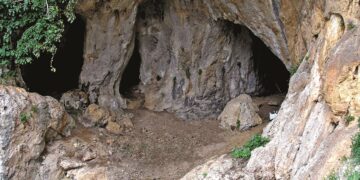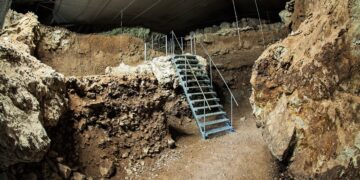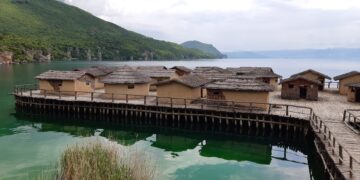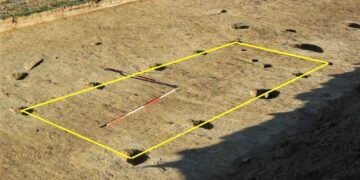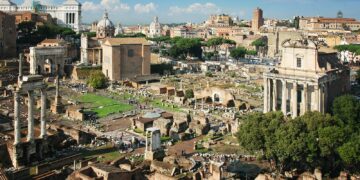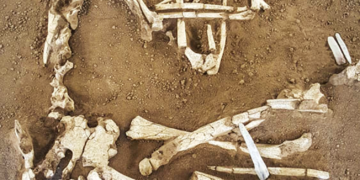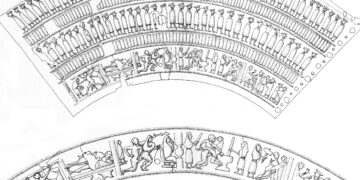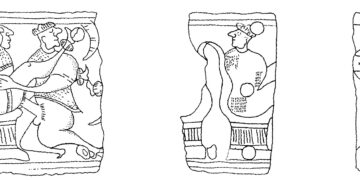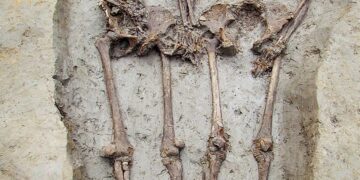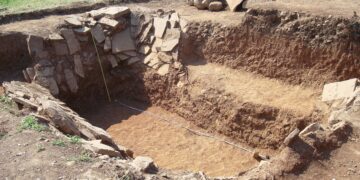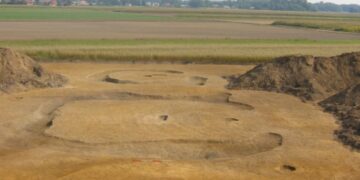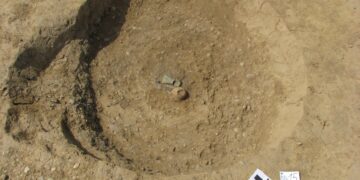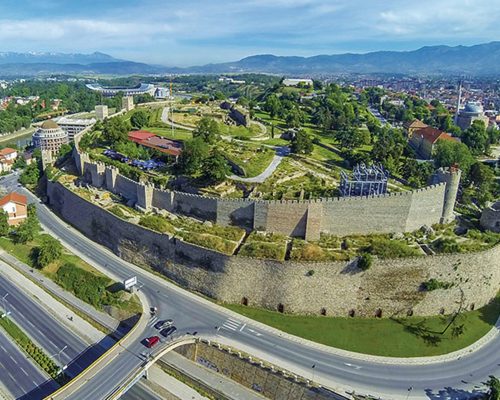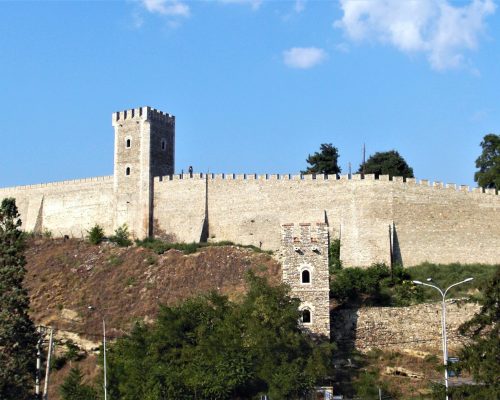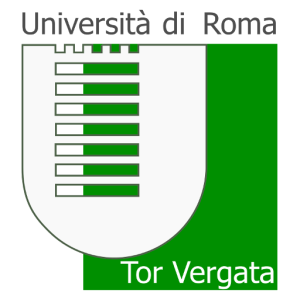On the hill called Kale, dominating today’s vista of the city of Skopje, archaeological excavations have discovered remains of 6000 years of continuous occupation. The archaeological site exceeds mere regional importance – it can be observed as a metaphor for millennia of history on the Central Balkans. Fragments of pottery discovered are not just museum exhibits, fascinating due to their materiality; they are documents illustrating the diffusion of technologies and ideas, presenting changes in economy and aesthetics of its ancient inhabitants.
The settlements on Kale were smaller in prehistoric times and antiquity, and a large fortress with huge defensive stonewalls was built on the hill in the Middle Ages. The walls were more than five meters high, and many defensive towers were erected along the walls. A royal palace, dwelling houses, craft workshops and a church could be found inside the fortress. In the Ottoman period, the city was turned into a military barracks, and the church was converted into a mosque. Today, these archaeological remains have been designated by the city as historic-cultural monuments, and the museums on the site portray the city’s past.

